When it comes to baking, the pie crust is an essential component that can make or break your dessert. Using shortening in your pie crust not only adds flavor but also helps achieve that perfect flakiness that is the hallmark of any great pie. In this article, we will explore a simple yet effective recipe for creating an easy pie crust by hand with shortening, ensuring you’ll impress your family and friends with every pie you make.
Before diving into the recipe, let’s understand a little more about shortening and why it’s a preferred ingredient in many pie crust recipes. If you’re unfamiliar with shortening, check out this comprehensive overview of its benefits.
Understanding Shortening
Shortening is a type of fat used in baking to create a tender texture in pastries. It can be made from various fats like vegetable oil or even lard. When it comes to pie crusts, shortening has distinct advantages:
- Creates a flaky texture that is prized in pies.
- Has a longer shelf life.
- Offers a neutral flavor that complements sweet and savory fillings.
Popular brands of shortening include Crisco and Store brand. If you want alternatives, butter or coconut oil can be used, although each comes with unique characteristics. For more tips on perfecting your pie crust, refer to this resource here.
Ingredients for Easy Pie Crust
To make our delicious pie crust, gather the following ingredients:
- 2 1/2 cups all-purpose flour
- 1 cup shortening
- 1 tsp salt
- 4-8 tbsp ice water
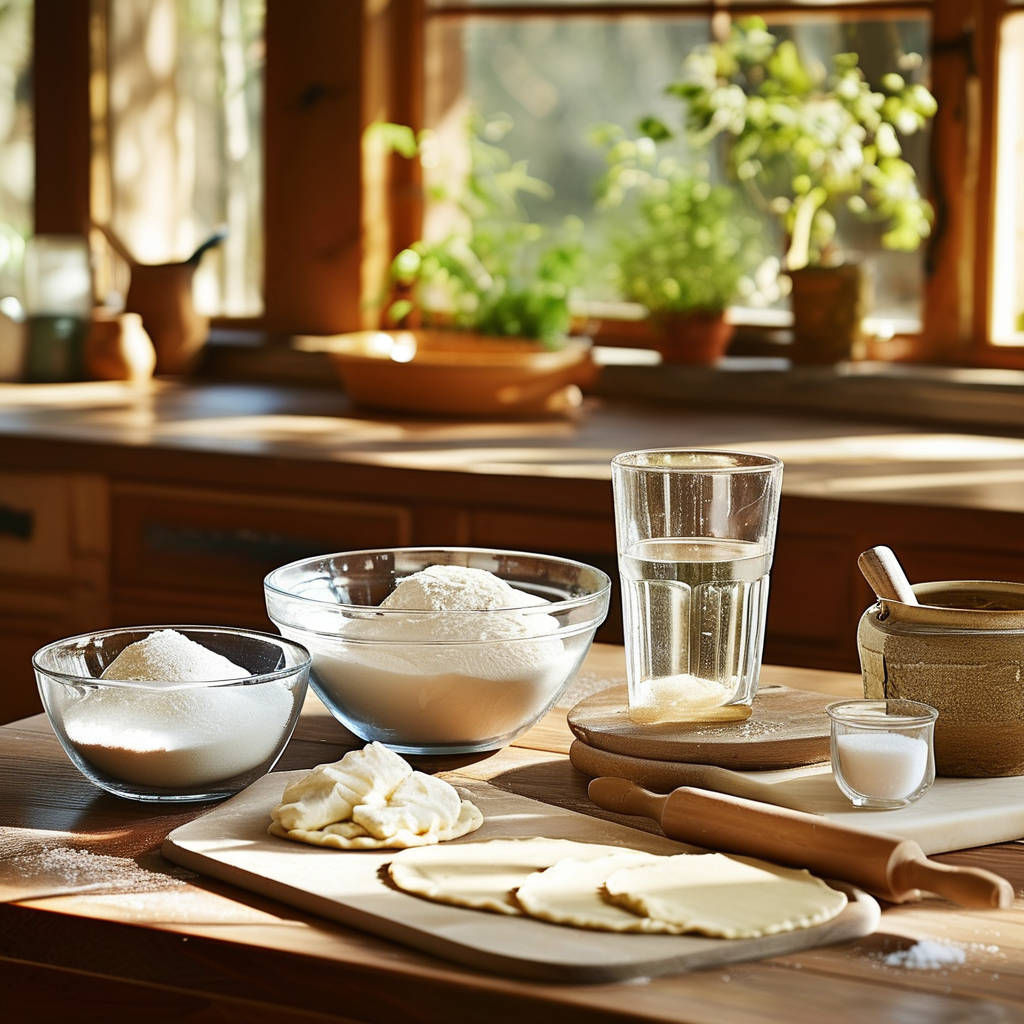
It’s important to use high-quality ingredients, as they determine the overall flavor and texture of your pie crust. Optional ingredients can include sugar for sweet pies or spices for added flavor.
Step-by-Step Guide to Making Pie Crust by Hand
A. Preparing Your Workspace
Start by cleaning and chilling your workspace. It’s crucial that everything remains cool to keep the shortening solid. You will need the following tools:
- Mixing bowl
- Pastry cutter
- Rolling pin
B. Mixing the Dry Ingredients
In your mixing bowl, combine 2 1/2 cups of all-purpose flour and 1 tsp of salt. Accurate measurement of your flour is crucial for achieving the perfect dough.
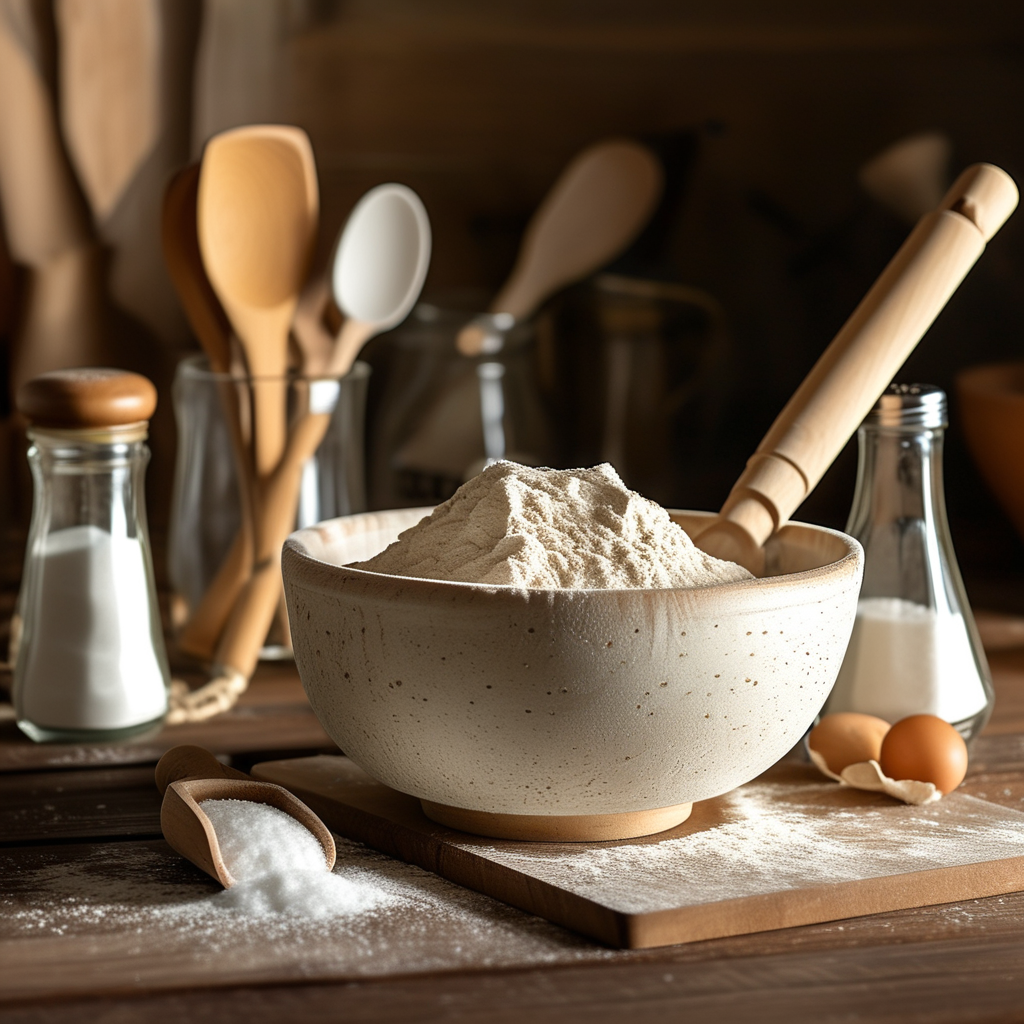
C. Cutting in the Shortening
Using a pastry cutter or two forks, cut the 1 cup of shortening into the flour mixture until you achieve a texture resembling pea-sized pieces. This technique is key to ensuring that your crust will be flaky!
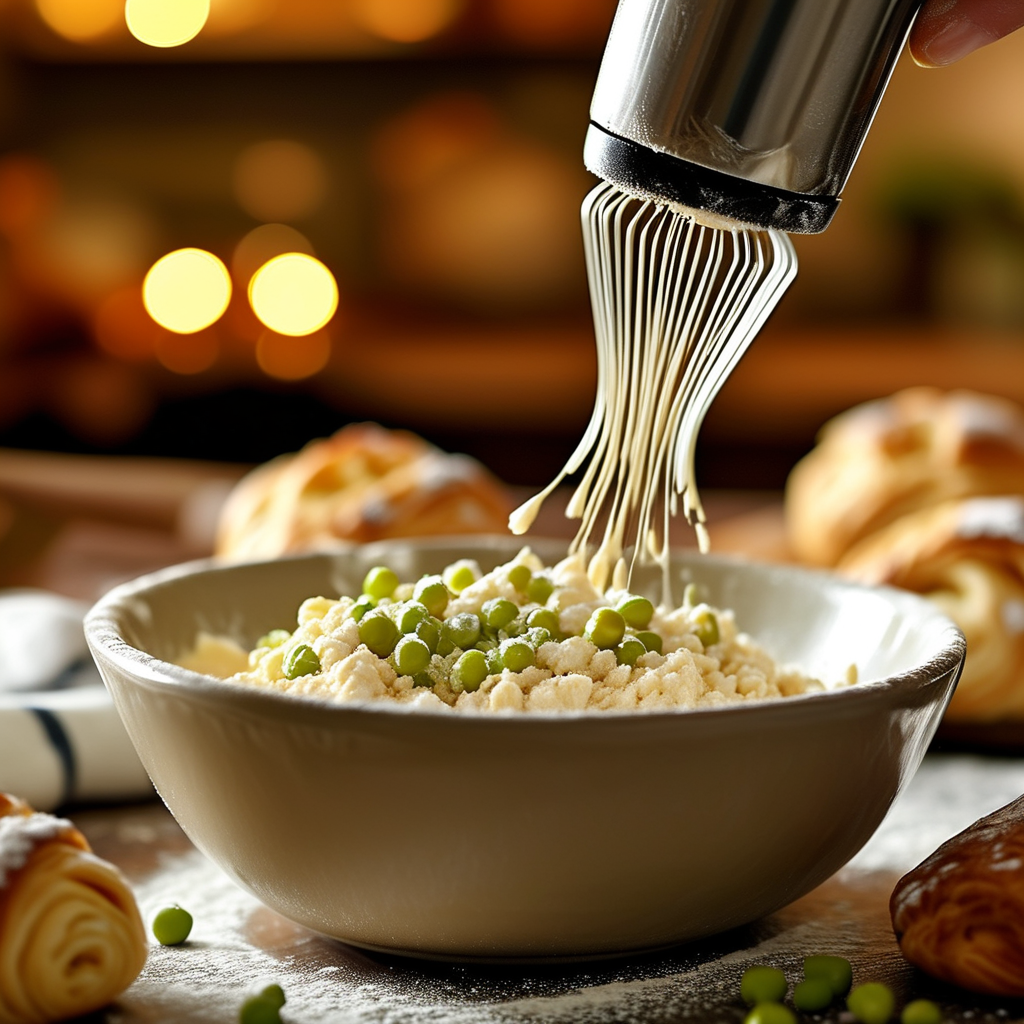
D. Adding Ice Water
Carefully add 4-8 tbsp of ice water to the mix. The ice water helps maintain the cool temperature of the dough while hydrating it. Mix until everything just comes together.
E. Forming the Dough
Gather your dough carefully, ensuring not to overwork it. Overworking can lead to a tough crust, which is not desirable.
F. Chilling the Dough
Wrap your dough in plastic wrap and refrigerate it for at least 30 minutes. This helps relax the gluten, resulting in a tender crust.
Rolling Out the Pie Crust
A. Preparing the Surface
When you’re ready, prepare your surface with flour to prevent sticking. Have your rolling pin and some wax paper handy.
B. Rolling Techniques
Roll out the dough to an even thickness of about 1/8 inch. Aim for a round shape to fit your pie dish. Proper rolling technique ensures uniform thickness, allowing for even baking.
C. Transferring to Pie Dish
Carefully transfer your rolled dough to the pie dish. You can either roll the dough onto the rolling pin for easy lifting or use wax paper to slide it into the dish.
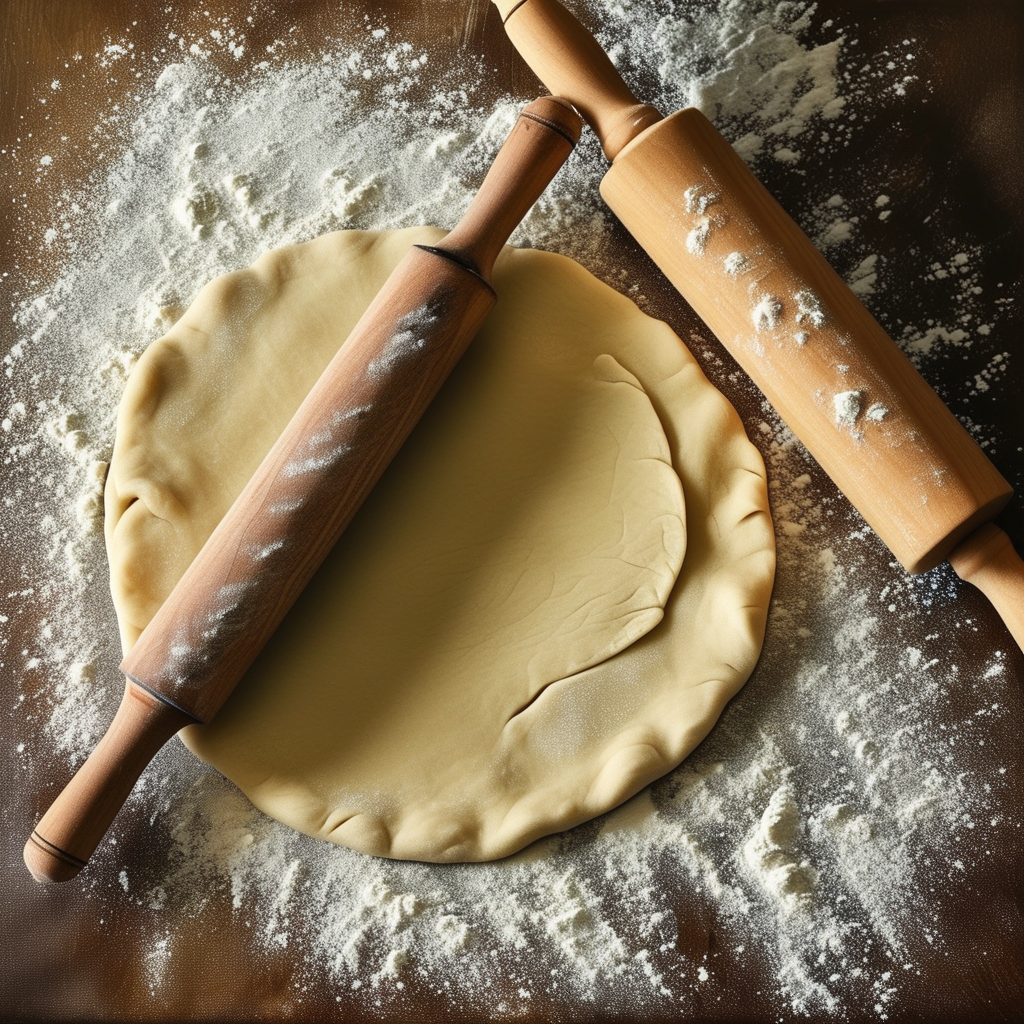
Baking the Pie Crust
A. Pre-baking vs. Baking with Filling
Decide whether to pre-bake your crust. If you’re filling it with something that doesn’t require baking, like custard, consider a pre-bake.
B. Tips for Even Baking
When baking, use pie weights to prevent the crust from puffing up. Look for a golden-brown color with a firm texture as an indication of doneness!
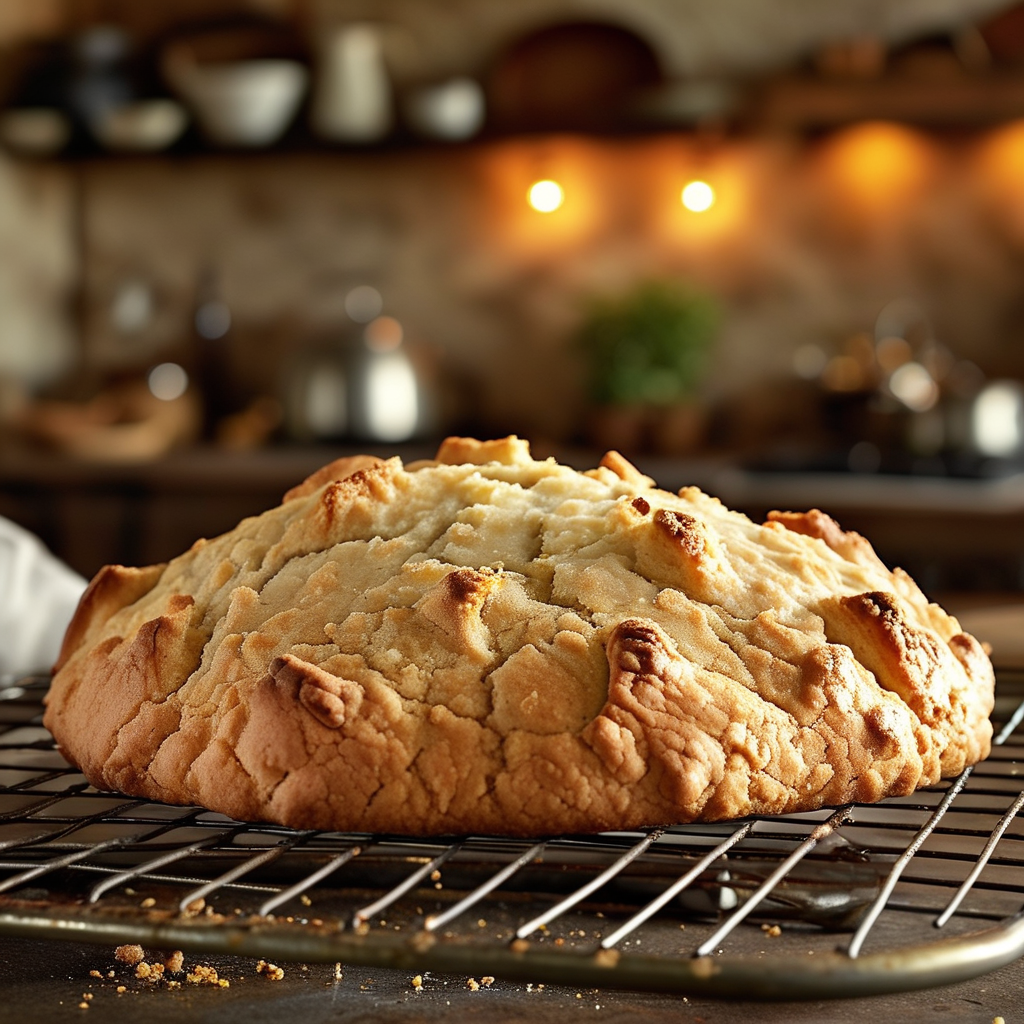
Troubleshooting Common Pie Crust Issues
A. Crumbly Dough
If your dough is crumbly, it may need more moisture.
B. Tough Texture
Toughness can occur from overworking the dough, so remember to handle it gently.
C. Shrinking Crust
Prevent shrinking by allowing your dough to rest sufficiently before rolling it out.
Variations on Your Pie Crust Recipe
Experiment with different flavors by:
- Adding sugar for a sweet crust.
- Mixing herbs and cheese for savory versions.
- Using alternative flours for gluten-free options.
Tips for Perfect Pie Crust Every Time
Control the temperature of your ingredients and practice rolling and cutting techniques to perfect your pie crust.
FAQs
Here are some frequently asked questions regarding pie crust:
- What is the best shortening for pie crust?
- Can I make a pie crust without shortening?
- How do I store leftover pie crust dough?
- What is the difference between a regular crust and a pie crust?
- How do I freeze pie crust?
Conclusion
By following this simple yet effective recipe, you’ll be well on your way to mastering an easy pie crust recipe by hand with shortening. We encourage you to try it and share your experiences or any variations you’ve crafted!
- Using shortening creates a flaky and delicious crust.
- Chill your ingredients and workspace for the best results.
- Experiment with flavors for unique pie crust variations.
For more delightful baking recipes and tips, visit our homepage here.
Explore our other popular recipes like Earl Grey Cookies or Pumpkin Banana Loaf.